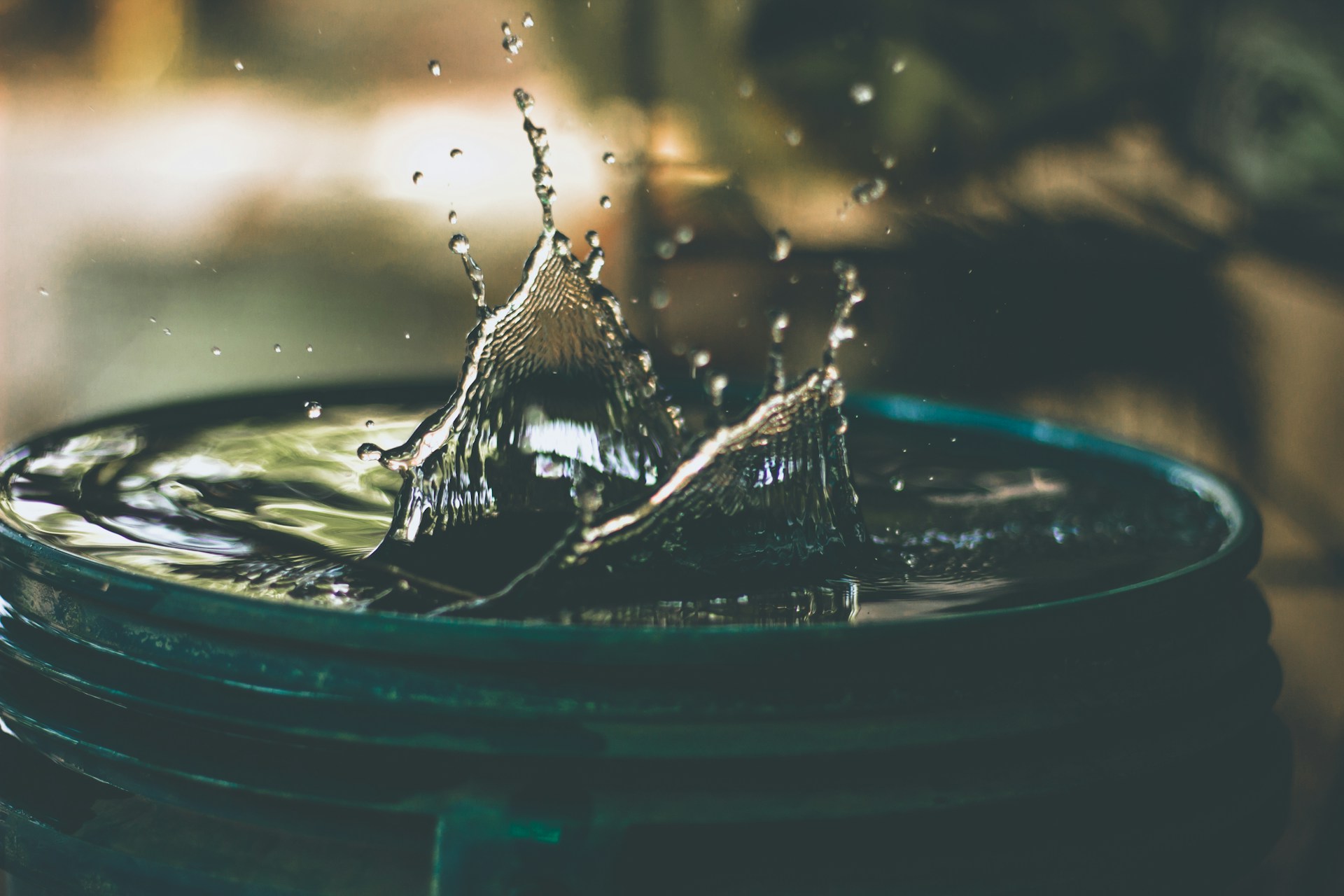Achieving crystal-clear water without relying heavily on chemicals is a goal for many pool and aquarium owners.
Methods like activated carbon and natural water filtration systems help keep water clear while reducing chemical usage. Activated carbon can absorb impurities while adding live plants to aquariums, contribute to oxygen, and aid in filtration. Monitoring water quality and adjusting as needed can also play a significant role.

For those dealing with pool maintenance, consider a highly rated pool service in Austin that can provide expert advice and stress-free swimming conditions. Services like these can handle cleaning and repairs, guaranteeing your water stays clean without excessive chemical use. It’s important to regularly check the water for pH, ammonia, and nitrite levels to keep the environment balanced and healthy.
Reducing overfeeding in aquariums is another effective strategy. Excess food adds waste and nutrients, which can cloud water. Regular maintenance, including using test kits and cleaning filters, is key to sustaining clear water. By incorporating these practices, you can enjoy clear water while minimizing chemical reliance.
Fundamentals of Clean Water Practices
Maintaining clear water in an aquarium requires understanding the water’s natural cycle, keeping the pH balanced, and using natural filtration. These practices can help achieve clear water without relying too heavily on chemicals.
Understanding the Water Cycle
A healthy water cycle is important for an aquarium. The cycle includes evaporation, condensation, and precipitation in nature, but it focuses on filtration and aeration in a tank. Good circulation keeps the water oxygenated, which is important for fish health and clear water.
Filtration systems help remove waste. Beneficial bacteria break down fish waste, converting ammonia into less harmful substances. Regular water changes are also key to removing pollutants and replenishing important minerals.
Balancing pH Levels
The pH balance in an aquarium is important for fish and plant health. Most freshwater tanks need a pH between 6.5 and 8. This range supports the health of many species and encourages clear water. To keep pH levels stable, regularly testing the water is helpful.
Factors like fish waste and uneaten food can affect pH. Adding pH adjusters or natural solutions such as limestone or driftwood can help. It’s important to make adjustments slowly to avoid stressing the aquatic life in the tank.
Natural Filtration Methods
Natural filtration is a great way to maintain water clarity. Live plants help by absorbing nutrients and providing oxygen. They can reduce algae growth and improve the well-being of the fish. Choosing plants that match the tank environment guarantees better growth and filtration.
Substrates like sand or gravel also offer surfaces for beneficial bacteria to grow. These bacteria play a role in breaking down waste. Introducing snails or shrimp can also help as they consume algae and leftover food, contributing to cleaner water. Using these natural methods can limit the need for chemical treatments in the aquarium.
Advanced Water Clarification Techniques
Crystal-clear water without overusing chemicals can be achieved using modern techniques like UV sterilization, ion exchange filters, and biological solutions. Each method offers a way to improve water quality by targeting specific contaminants and minimizing chemical use.
UV Sterilization
UV sterilization uses ultraviolet light to kill microorganisms in water. This method does not involve adding chemicals, keeping the water free from unwanted byproducts. As water passes through a UV lamp, the light penetrates the cells of bacteria and viruses, destroying their DNA. This process effectively reduces harmful pathogens, making the water safer to drink.
UV systems are relatively easy to maintain. They usually require only electricity and occasional bulb replacements. It’s important to note that UV sterilization works best with clear water, so pre-filtration may be necessary to remove particulates that can block the UV light.
Ion Exchange Filters
Ion exchange filters reduce water hardness and remove contaminants like heavy metals and nitrates. This process involves exchanging ions in the water with ions attached to a resin. It effectively removes undesirable elements while keeping the water soft.
These filters can be especially beneficial in areas with hard water, which can cause scale buildup in plumbing. Regular regeneration of the resin is necessary to maintain the filter’s effectiveness. Some systems use sodium, while others use potassium to regenerate, depending on environmental considerations and water needs.
Biological Solutions
Biological solutions involve using natural processes and microorganisms to cleanse water. This method often uses tanks where bacteria and other organisms digest organic matter and pollutants. Such systems are common in wastewater treatment but can also be applied to drinking water to a certain extent.
Sand filters are an example of a biological solution, where sand layers provide a habitat for microorganisms that break down contaminants. These systems are typically low-maintenance and energy-efficient, making them appealing for sustainable water treatment. They may need periodic monitoring to guarantee conditions remain optimal for microbial activity.

Conclusion
Achieving crystal-clear aquarium water without relying heavily on chemicals involves a combination of methods. Regular maintenance, like water changes and proper filtration, are key. Using activated carbon in filters can effectively remove impurities, improving water clarity. Natural solutions, such as adding live plants, can also help. These plants assist in maintaining water balance by absorbing excess nutrients.
It is important to avoid overfeeding fish to prevent excess waste, which can lead to cloudiness. Reducing light exposure can control algae growth, further improving clarity. By integrating these practices, aquariums can remain clean and healthy.





